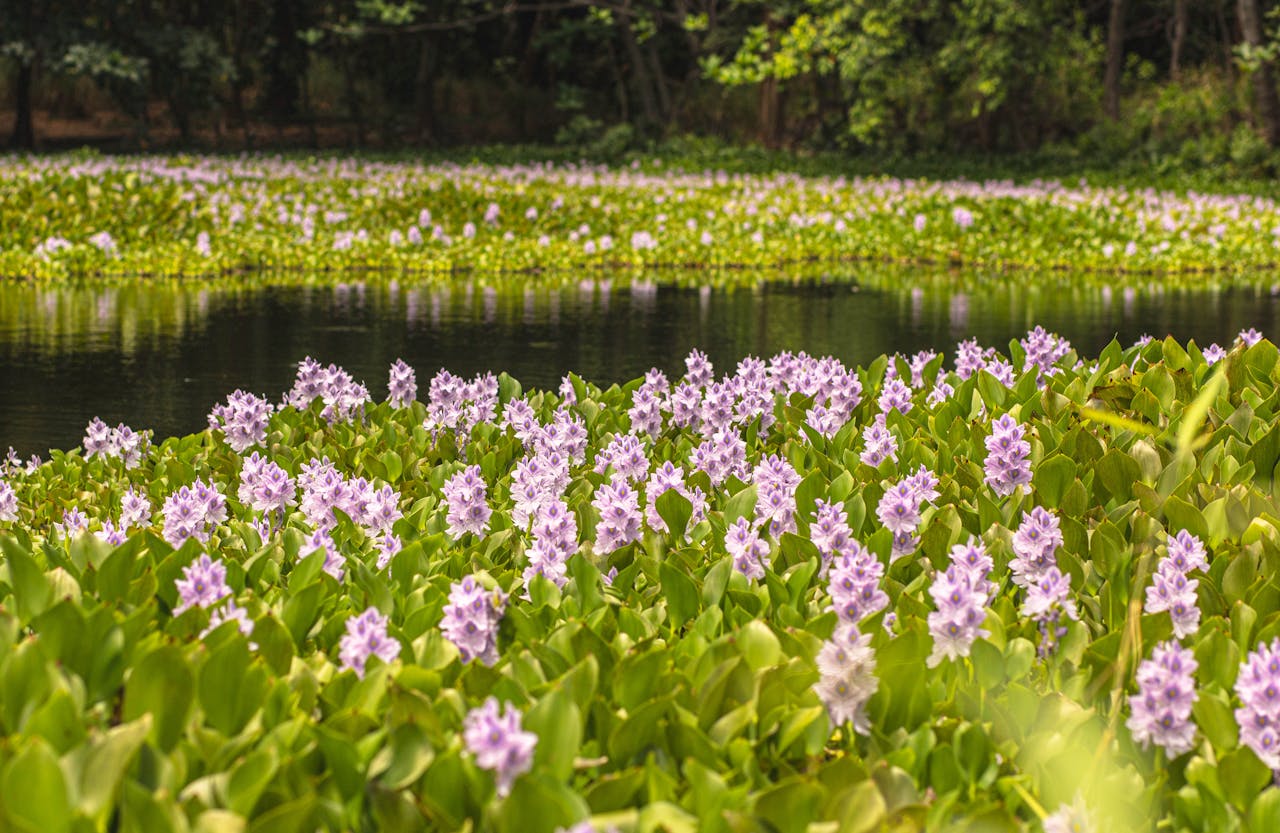
Image Source: Pexels
Not all plants are innocent. They might look beautiful in your garden or harmless on a windowsill, but some plants are far more dangerous than they appear. Certain species are banned in U.S. states due to their ability to spread aggressively and cause ecological damage. They may even pose risks to pets and humans. Before you plant anything new, make sure it’s not on your state’s restricted list. Here are 7 plants that are banned or regulated in some states.
1. Purple Loosestrife (Lythrum salicaria)
With its tall spikes of purple flowers, this wetland plant looks striking. But don’t be fooled, it’s a fast-spreading invasive species. It chokes out native vegetation and disrupts ecosystems. It’s banned in states like Minnesota, Massachusetts, and Connecticut.
2. Norway Maple (Acer platanoides)
This common shade tree may seem like a great addition to your yard, but it’s invasive in several Northeastern states. Different than sugar maples, Norway maples have a thick white sap. Norway maples are a problem because they outcompete native trees and create dense shade that kills understory plants. Bans or restrictions exist in states like Massachusetts.
3. Water Hyacinth (Eichhornia crassipes)
Often seen in ponds or water gardens, this floating plant multiplies rapidly and clogs waterways. This makes it dangerous for navigating waters by boat. It also prevents oxygen from reaching fish and native aquatic plants. It’s banned or regulated in 24 states.
4. Barberry (Berberis thunbergii)
Japanese Barberry is an ornamental shrub. It’s popular in landscaping for its vibrant foliage, but it spreads into forests and creates ideal conditions for ticks. The shrub takes over and disrupts native ecosystems with its dense, prickly thickets. Some states like Pennsylvania, Maine, and New York have begun restricting or banning their sale.
5. Giant Hogweed (Heracleum mantegazzianum)
Giant Hogweed looks like a huge version of Queen Anne’s lace, but don’t touch it. Its sap can cause severe burns and even blindness. It’s a public safety hazard and is a federally listed noxious weed. Additionally, it is banned in many states, including New York, Michigan, and Oregon.
6. English Ivy (Hedera helix)
This classic groundcover looks elegant on walls and fences, but it’s invasive in many regions. It damages trees, making them more susceptible to falling. Plus, it outcompetes native species and increases fire risk. It’s banned or discouraged in states like Oregon and Washington.
7. Wisteria (Wisteria sinensis)
Although it creates stunning cascades of purple blooms, Chinese and Japanese Wisteria grow aggressively and strangle trees. In Connecticut, both Japanese and Chinese wisteria are prohibited from sale. Many other states regulate Wisteria as well, including Wisconsin and Maryland.
Know Before You Grow
Just because a plant is available at a nursery doesn’t mean it’s safe or legal to plant in your area. Always check your state’s invasive species list or local agricultural extension office before adding something new to your yard. That harmless beauty could come with serious consequences to local ecosystems and even your health.
Read More
10 Best Budget Small Garden Ideas You Need To See
10 Of The Best Places To Buy Cheap Gardening Supplies

Teri Monroe started her career in communications working for local government and nonprofits. Today, she is a freelance finance and lifestyle writer and small business owner. In her spare time, she loves golfing with her husband, taking her dog Milo on long walks, and playing pickleball with friends.
Leave a Reply